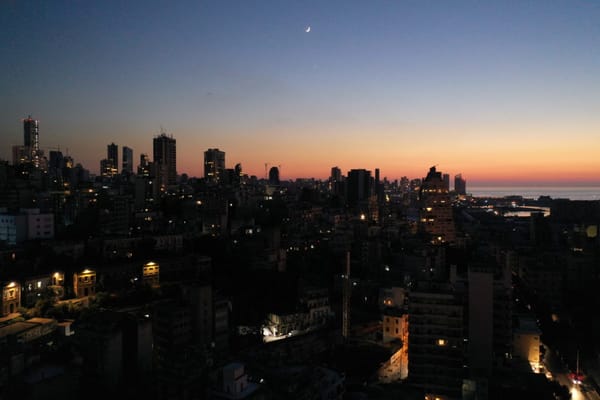Competing Visions for Rebuilding Lebanon’s Collapsing Energy Sector
With Lebanon's crumbling power sector in crisis and unable to meet even a fraction of demand, the government and reformers offer competing visions for how to fix it. Zachary Davis Cuyler delves into the country's currently dire financial and energy situation, the proposed solutions and their implica








